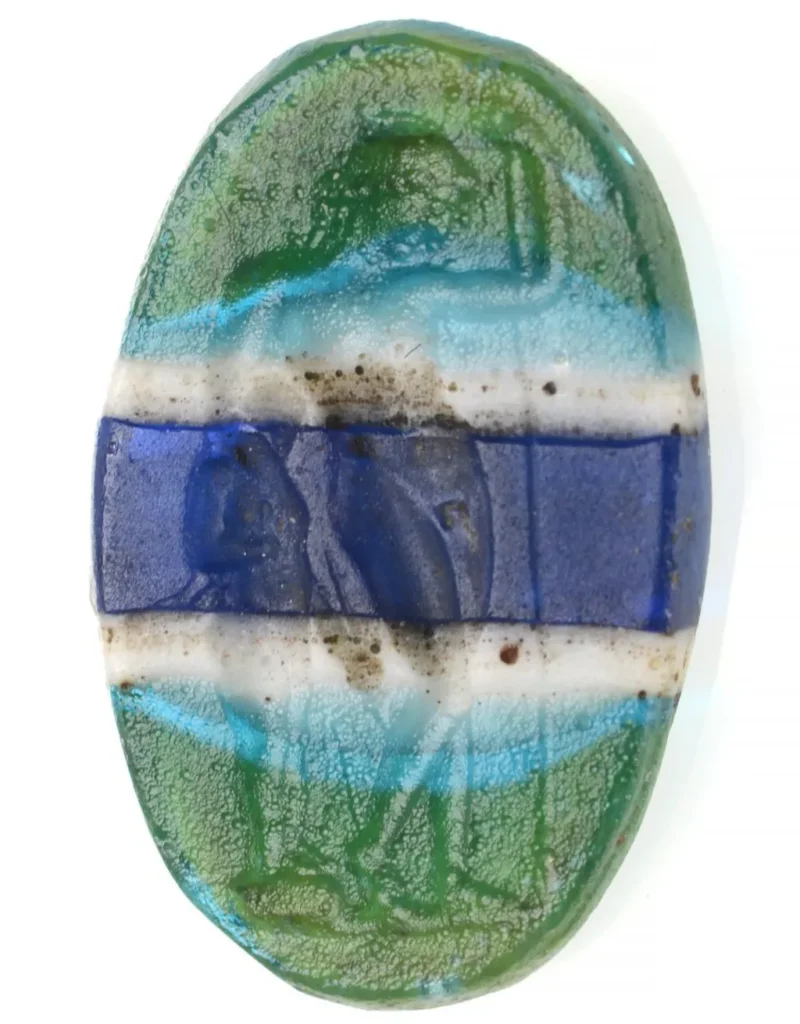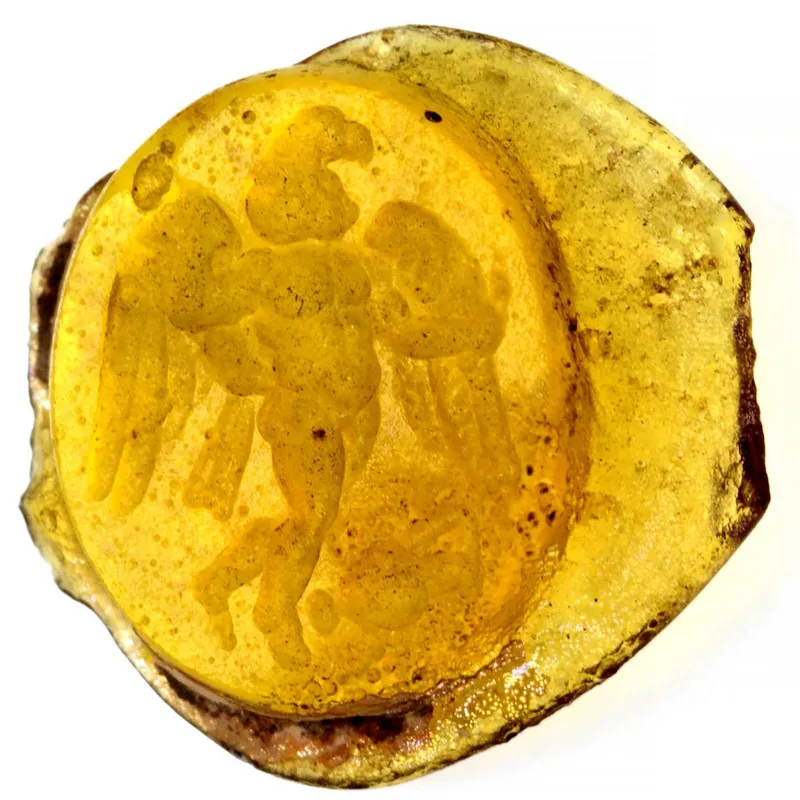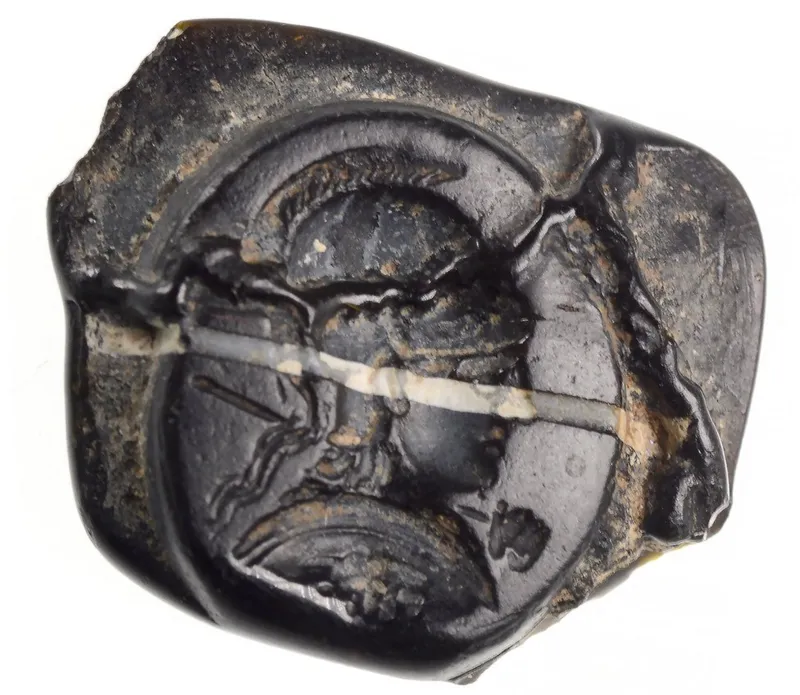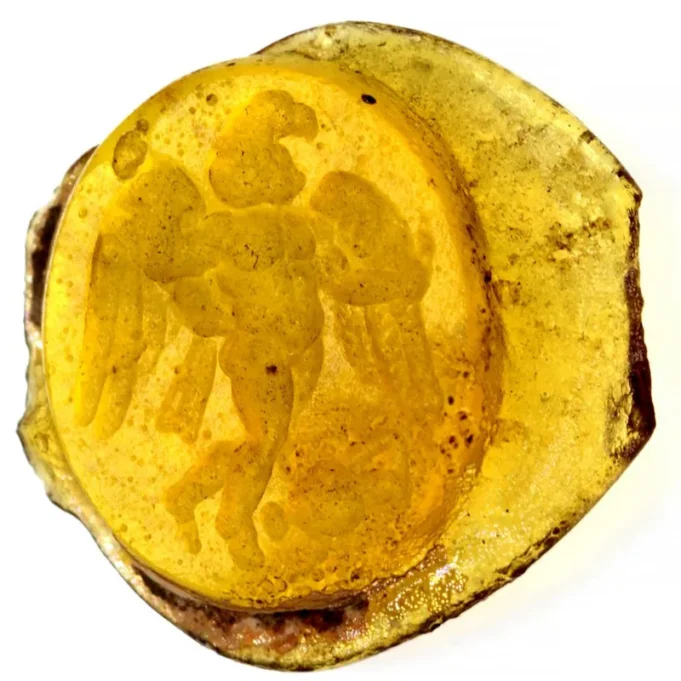Stolen British Museum Gems Now Back on Display
Katie Razzall
Culture and media editor
BBC.com
Ten glass gems have been put on display for the first time since they were stolen from the British Museum.
In August, the museum announced up to 2,000 objects from its storerooms were missing, stolen or damaged. (To read about what was stolen, tap here.)
From the Museum
Gems were the picture book of the ancient Mediterranean world.
Depicting deities, famous individuals, animals, objects, and scenes from myth or daily life, these small artworks have made a significant impression throughout history.
Classical gems have been highly prized by collectors from the Renaissance onwards, but never more so than in 18th-century Europe. Collected by royalty, aristocrats, artists and antiquarians, such as Charles Townley (1737–1805), their designs reflect – and serve as a record of – personal tastes and aesthetic preferences. Yet, their popularity meant they were widely reproduced and faked – and distinguishing between the two is still contentious.
Used as seals, worn as jewellery, or collected as objects of beauty in their own right, these miniature designs required phenomenal skill to carve and became sought-after luxury objects and status symbols. With a typical 18th-century gem cabinet, housing gems and impressions, as well as a collector’s magnifying glass and drawings, this display captures the fascination that gems have inspired over the centuries. Michelangelo (1475–1564) is even thought to have based the figure of Adam in the Sistine chapel on a Roman cameo of Augustus on the capricorn.
Some of these remarkable objects have had a more difficult recent history. In August 2023 the Museum announced that a number of items from the collection had been stolen, were missing or damaged. It became apparent that the collection of engraved gems was among those to have been targeted. The British Museum is committed to recovering all the stolen items and to preventing thefts from happening again.
Hundreds have already been recovered, and ten of these can be seen as part of this display.
A dedicated team within the Museum is working with the Metropolitan Police Service and with an international group of experts in gems, collection history and art theft, to recover missing items. The Museum has also embarked upon an ambitious five-year plan to complete the documentation and digitisation of the entire collection.
Interim director Sir Mark Jones told the BBC the process to recover them was “lengthy” and “complicated”. So far, 356 items have been retrieved from six different sources, he revealed.
Ten of them now feature in an exhibition called Rediscovering Gems. (British Museum)

From the BBC
Ten glass gems have been put on display for the first time since they were stolen from the British Museum.
Among the tiny items are an ancient gem of green, white and blue banded glass showing the Roman god of wine and pleasure, Bacchus, dating from the 1st Century BC; and one in yellow depicting the Greek god Zeus in eagle form.

The vast majority of the recovered items have come from Danish gemstone dealer Dr Ittai Gradel, who first alerted the museum to the thefts in 2021.
Dr Gradel told the BBC they were “direct evidence of the tastes, the foibles, the quirks, the mentality of the ancient Romans – a way to get to know these long-dead people”.
He added: “That view into their mindsets never ceases to fascinate me.”













